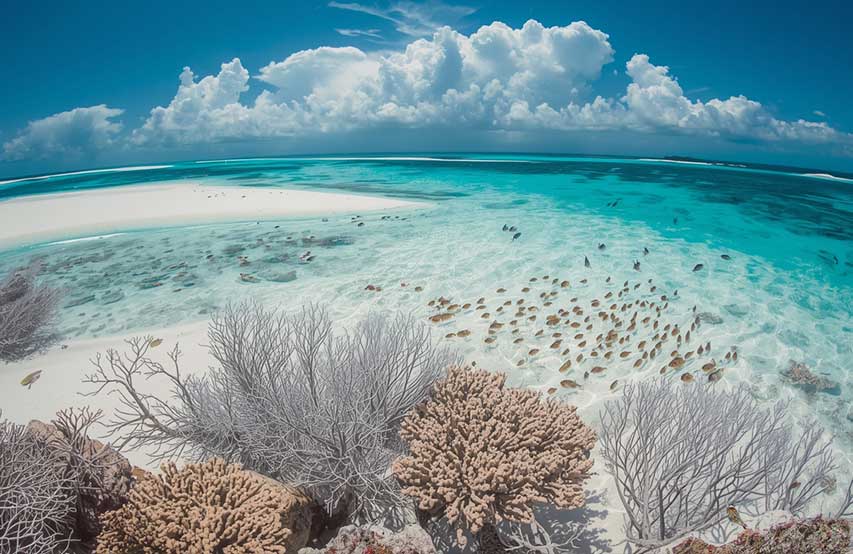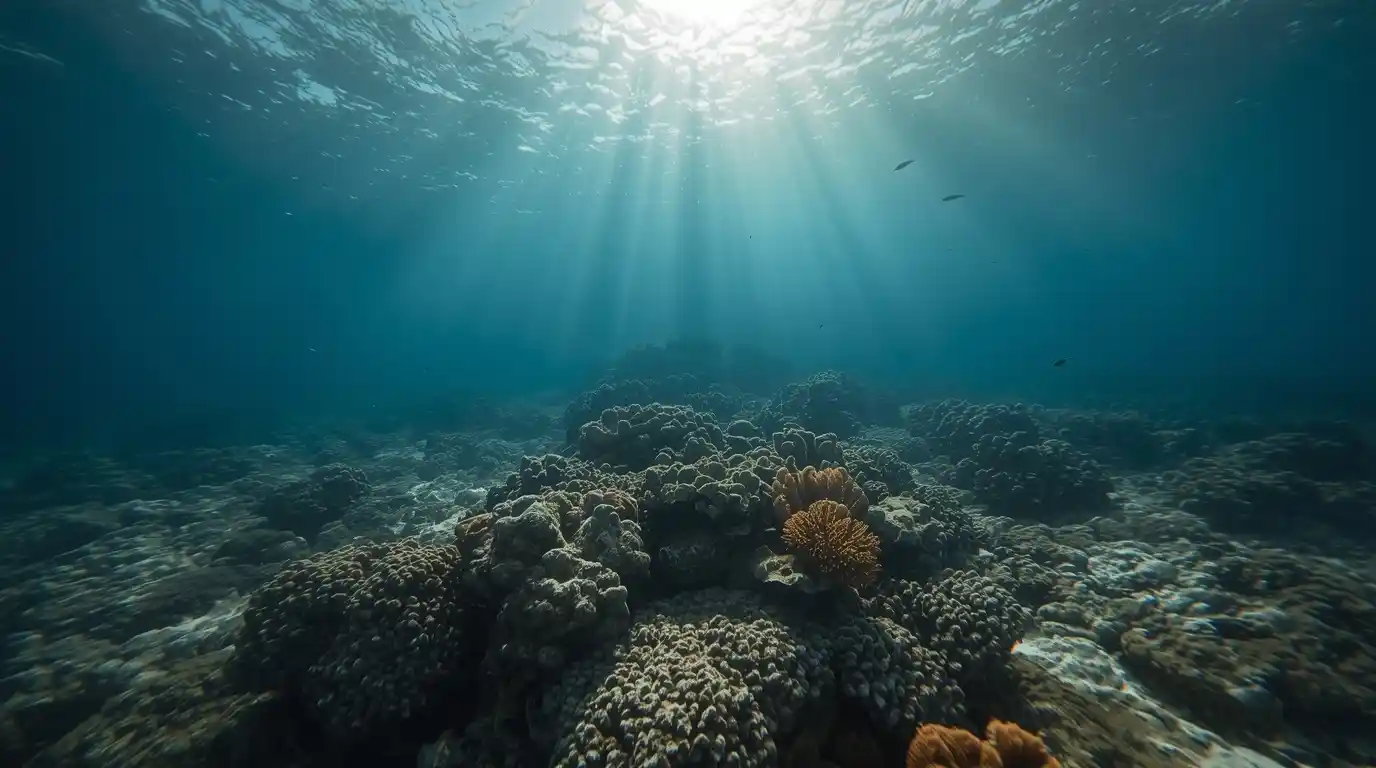Beneath the ocean’s surface, a silent, catastrophic event is unfolding, painting vibrant underwater cities a ghostly white. This phenomenon, known as coral bleach, is not merely a change in color; it is a desperate cry for help from some of the planet’s most vital ecosystems. Triggered by prolonged stress, primarily from rising sea temperatures, coral bleaching occurs when corals expel the symbiotic algae that live in their tissues, stripping them of both their color and their primary source of food. A recent report on Australia’s Great Barrier Reef has delivered a chilling assessment, revealing the worst decline of coral loss on record. This isn’t an isolated incident but a symptom of a planet in peril, signaling a dangerous tipping point for marine biodiversity and the countless human communities that depend on healthy oceans.
The Unprecedented Scale of the Coral Bleach Event
The current coral bleach crisis is distinguished by its sheer global scale and intensity. The report highlights that countries around the world reeled from an unprecedented mass bleaching event, with Australia’s Great Barrier Reef serving as a tragic case study. This was not a localized problem but a worldwide catastrophe, linked to the 2024 global coral bleaching event. The primary driver was record-surging sea temperatures, exacerbated by climate phenomena like El Niño, which pushed water temperatures beyond the tolerance limits of corals across vast ocean basins. This global synchrony of bleaching events underscores that this is a climate-driven issue, affecting reefs from the Caribbean to the Pacific, making it one of the most widespread environmental disasters of our time.
Coral bleach: Quantifying the Loss: A Staggering Blow to the Great Barrier Reef
The numbers emerging from the Great Barrier Reef are nothing short of alarming. The report released this Wednesday provided a devastating quantification of the damage, estimating that Australia’s coral reefs have lost between 25% and 35% of their hard coral cover across three main regions. Even more distressing are the localized figures, which show that hard corals in some specific areas have lost up to 70% of their living corals. To put this into perspective, the 1,400-mile-long reef—a living structure visible from space—is experiencing a rapid and widespread die-off. This level of loss represents not just a statistical decline but the obliteration of entire complex habitats that took centuries to build, highlighting the brutal efficiency of severe marine heatwaves.
Coral bleach: A Cruel Paradox: The Loss of the Fastest Growers
Perhaps the most cruel aspect of this recent event is its impact on the reef’s natural recovery system. The report noted that the last few years had seen “rampant growth” in fast-growing coral species, which had helped the reef show promising signs of recovery from prior bleaching events. However, these same corals “were known to be extremely vulnerable and one bad summer away from losing those gains.” Tragically, those fears were realized last year. The very corals that were the engine of the reef’s resilience—the Acroporids and other branching species—were the most heavily affected by the heatwave. This creates a devastating feedback loop: the bleaching events are specifically targeting the corals best equipped for rapid recovery, effectively crippling the ecosystem’s ability to bounce back and sealing its fate.
Coral bleach: The Point of No Return: A Dire Warning from Scientists
The data leads to one terrifying conclusion, explicitly stated in the report: “It raises the prospect that the Great Barrier Reef may reach a point from which it cannot recover.” This is the ultimate danger of the coral bleach crisis—the risk of pushing entire reef systems past their ecological tipping point. When coral cover declines beyond a certain threshold, the fundamental structure of the reef collapses. This loss of complexity eliminates the nooks and crannies that shelter fish and other marine life, leading to a broader ecosystem collapse. The reef can no longer sustain the processes necessary for its own survival, such as reproduction and larval settlement, ultimately transitioning from a vibrant, biodiverse coral ecosystem to a barren, algae-dominated landscape. This warning is not alarmist; it is a scientific assessment of a very real and approaching threshold.
A Global Imperative: The Path Forward Requires Immediate Action
The story of the coral bleach event is undeniably devastating, but it is not yet a obituary. It must serve as a powerful and urgent call to action. The solution is twofold: global and local. On a global scale, the only way to prevent these annual heatwaves from becoming the permanent norm is through aggressive, immediate reductions in greenhouse gas emissions. This is the non-negotiable prerequisite for saving coral reefs. On a local scale, efforts must focus on building resilience by improving water quality, protecting herbivorous fish that keep algae in check, and pioneering innovative interventions like coral gardening and assisted evolution. The Great Barrier Reef’s plight is a microcosm of the broader climate crisis. Its survival depends on our willingness to confront that crisis head-on, transforming the current trajectory of loss into a future story of recovery and hope.

Reference Website:
https://edition.cnn.com/2025/08/06/climate/great-barrier-reef-record-bleaching-intl-hnk
“It raises the prospect that the Great Barrier Reef may reach a point from which it cannot recover,” it warned.


